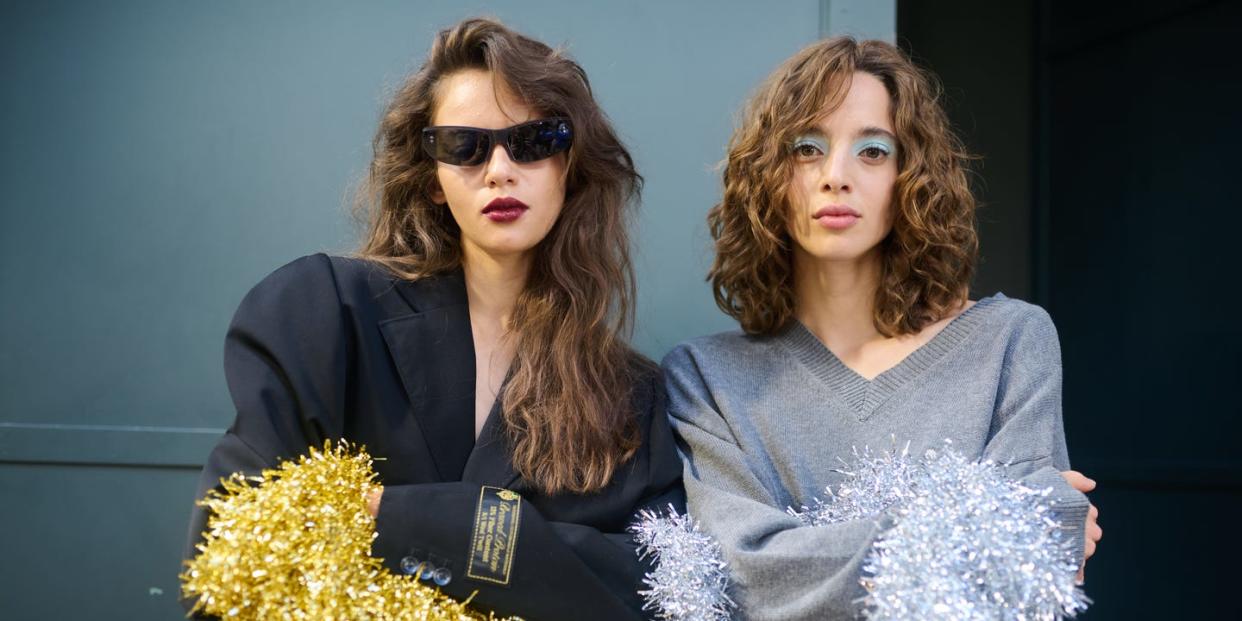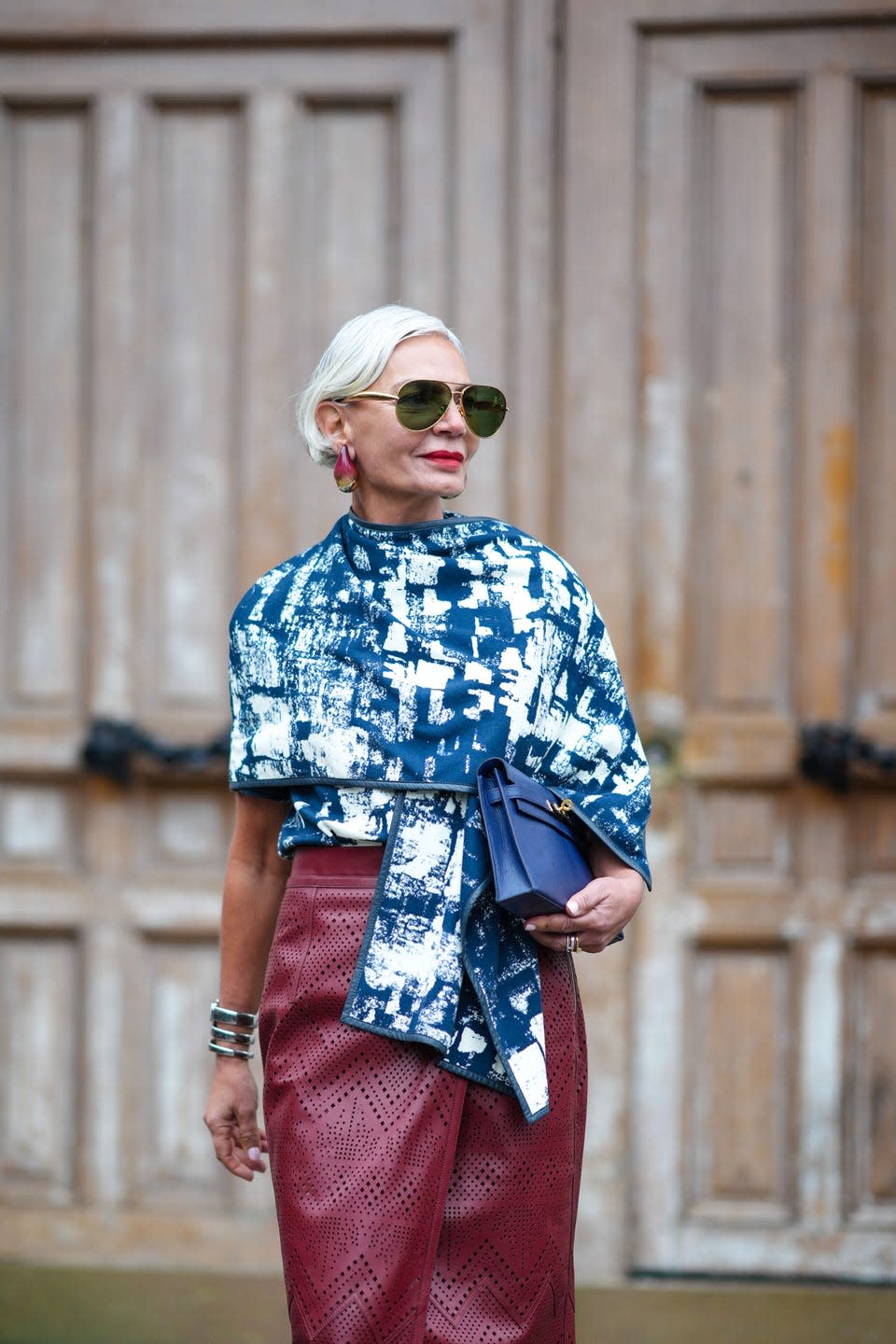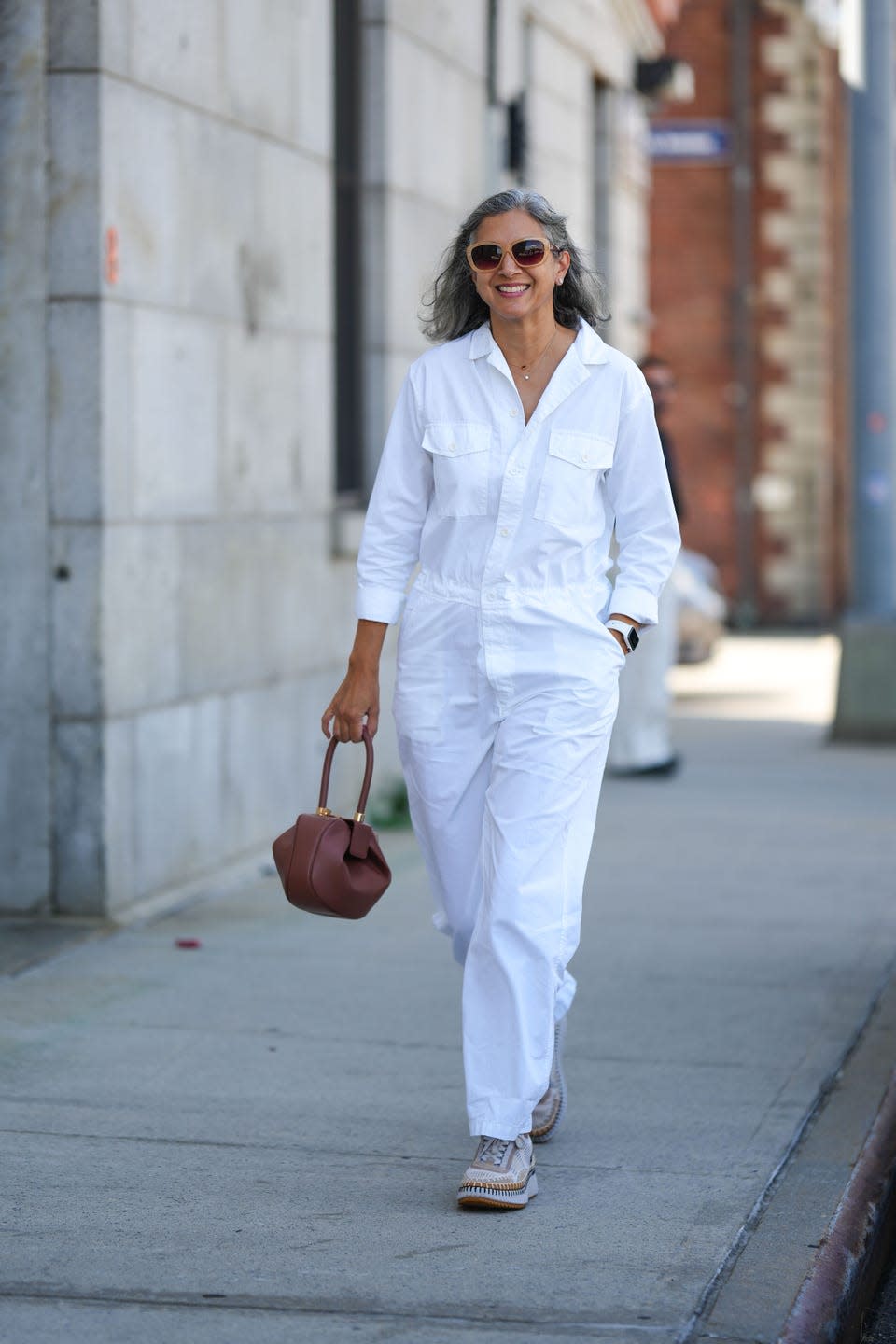How Ageing Became A Class Issue

Recently a video of Christina Aguilera, 43, looking eerily similar to her 20-year-old self, went viral on TikTok. It is remarkable - no tell-tale shiny forehead or puffy cheeks, this is the holy grail, many commentators have pointed out, 'work' that looks completely effortless.
By comparison, a few weeks before, pictures of the most recent crop of Love Island contestants prompted millions to speculate on their ages. The consensus across social media was that the women - all in their early or mid-twenties - looked much older than they were because they’d had so much Botox and filler. Too puffy, too shiny, too stretched - the disdain poured on them was vitriolic.
FIND OUT MORE ON ELLE COLLECTIVE
'I think there’s more pressure now than there has ever been to engage in anti-ageing,' says Anita Bhagwandas, author of Ugly: Giving us back our beauty standards. 'That industry has boomed so much in the past few years and created so many new products and services that I think it’s skewed our expectations of what people should look like at certain ages.'
Both Aguilera and the Love Island contestants had clearly had work done, both in service of looking younger, but one kind of work was worthy of praise while the other was worthy of disdain - it hints at the astronomically high expectations we now place on women in the public eye, and on ourselves, when it comes to anti-ageing.

Where once it might have been enough to colour our hair and use a night cream, now the spectre of an impossibly fresh-faced version of ourselves (of Aguilera, 20-years-old forever) follows us wherever we go - conjured by an industry that promises eternal youth for a price. 'I think how much money you have to invest makes a big difference now,' continues Bhagwandas, 'the best surgeons and injectors want their work to be imperceptible - but not everyone has access to these.' In fact, injectables have become cheaper and more accessible thanks in large part to the fact that - according to a recent study by researchers at University College London - more than two thirds of people administering the procedures aren’t medical professionals. Over the years this has created different classes of 'work' - with our faces becoming a visible and semi-permanent representation of how much money we have to work with.
As with anything, as the interventions have become cheaper and more commonplace our tastes have also become more discerning, making it more difficult to engage with anti-ageing in the ‘right’ way. First to fall out of favour was filler - at the beginning of 2023, multiple headlines proclaimed the end of that over-plumped look, with many arguing that an overfilled face looked older not younger (the great depuffing continues apace even now, as we begin to understand that the filler doesn’t, as promised, dissipate over time - but does migrate to different areas).

Far from creating a more attainable standard, though, as older treatments have been consigned to the pop cultural dustbin, new interventions, just as expensive as filler or Botox, have taken their place: a battery of lasers, injectables, supplements and procedures all widen the divide between those who can afford to stay young forever and those doomed to age.
Of course, none of this is a new phenomenon. A few years ago, a meme showing ‘before’ and ‘after’ shots of various celebrities alongside the words ‘you’re not ugly, you’re just poor’ went viral. At the time, ‘you’re not ugly you’re just poor’ was satirising a beauty culture in which the dominant paradigm (‘Instagram Face’; Jia Tolentino memorably called it a 'cyborgian face… young, of course, with poreless skin and plump, high cheekbones. It has catlike eyes and long, cartoonish lashes; it has a small, neat nose and full, lush lips') could be achieved if you had enough money to pay for the required treatments, tweakments and surgeries.
At first, few could afford the premium but the rewards for those who could had the potential to be great. Not just social capital but actual hard cash could be earned from a few well-lit photos - in the age of Instagram being young and hot paid like it never had before.
Fast forward a few years and little has changed; our appetite for cult products and new treatments which promise eternal youth remains undiminished: last year, in fact, the British Association of Aesthetic Plastic Surgeons found that more people underwent cosmetic procedures than ever before - with a 102% increase in the number of procedures performed compared to the twelve months previous.
Globally, the anti-ageing industry is set to be worth $93bn by 2027, with ever younger women being drawn in by the promise of avoiding age altogether - for a price.
ELLE Collective is a new community of fashion, beauty and culture lovers. For access to exclusive content, events, inspiring advice from our Editors and industry experts, as well the opportunity to meet designers, thought-leaders and stylists, become a member today HERE.
You Might Also Like


